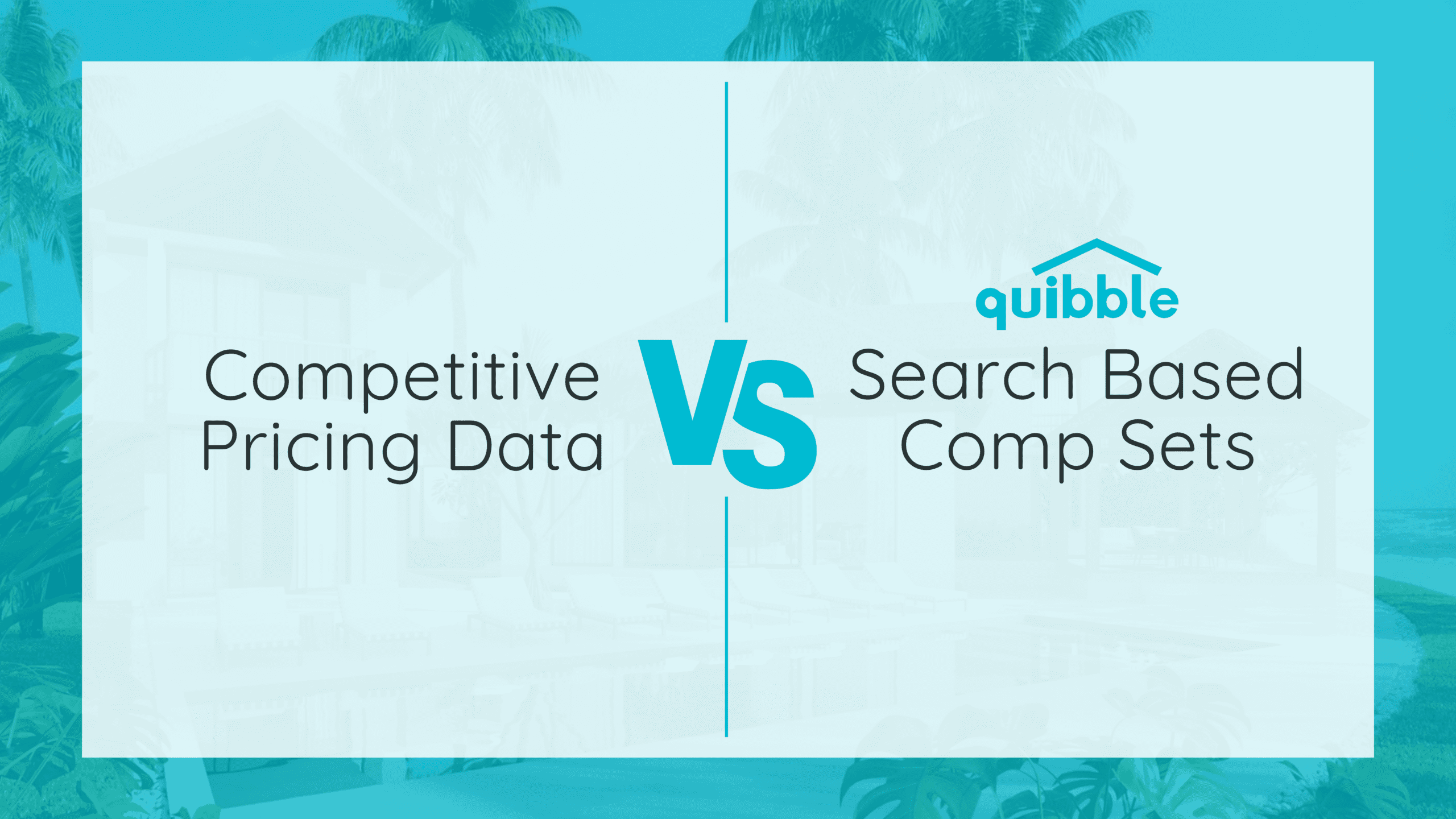In the dynamic world of short-term rentals (STR), where competition is fierce and guest expectations run high, property managers and owners are constantly seeking strategies to stand out and drive revenue. Enter customer segmentation – a powerful technique that has proven to be a game-changer in the STR industry. In this article, we’ll delve into the benefits of customer segmentation in STR and explore how it works to boost revenue and guest satisfaction.
How Customer Segmentation Boosts Revenue for STR Owners?
Customer segmentation is a marketing strategy used to divide a broad target market into smaller, more manageable groups based on shared characteristics, preferences, and behaviors. In the context of Short-Term Rentals, it involves categorizing potential guests into distinct segments to better understand their needs, desires, and booking patterns. By identifying these segments, STR owners can tailor their marketing efforts, pricing strategies, and services to meet the specific demands of each group, ultimately leading to increased revenue and customer satisfaction.
🚀 Targeted Marketing
Customer segmentation enables STR owners to laser-focus their marketing efforts. By categorizing potential guests into specific groups such as families, business travelers, and leisure seekers, property managers can tailor their messaging to resonate with each segment’s unique preferences and needs. This approach not only captures the attention of the right audience but also increases the likelihood of converting leads into bookings.
🚀 Personalized Experiences
One-size-fits-all approaches are a thing of the past. With customer segmentation, STR owners can craft tailored guest experiences. Families can enjoy kid-friendly amenities, business travelers can benefit from efficient check-in processes, and leisure seekers can savor the nearby attractions. This personal touch not only enhances guest satisfaction but also encourages positive reviews and repeat bookings.
🚀 Optimized Pricing Strategies
Effective revenue management is crucial in the STR industry. Customer segmentation empowers property managers to implement dynamic pricing strategies based on the preferences of each segment. For instance, during peak travel seasons, leisure travelers might prioritize affordability, while business travelers might prioritize convenience and availability. Customized pricing ensures that STR owners capture the full revenue potential of their property.
🚀 Market Expansion
Customer segmentation can also help identify untapped or underserved segments in the market. STR owners can explore targeting these segments to expand their customer base and revenue streams. For example, if they find there’s a growing demand from remote workers, they can tailor their offerings to accommodate the needs of this segment, such as providing high-speed internet and dedicated workspace.
How Customer Segmentation Works in STR?
Customer segmentation in Short-Term Rentals (STRs) involves the process of categorizing potential guests into distinct groups based on shared characteristics, preferences, and behaviors. Here’s how customer segmentation works in the context of STRs:
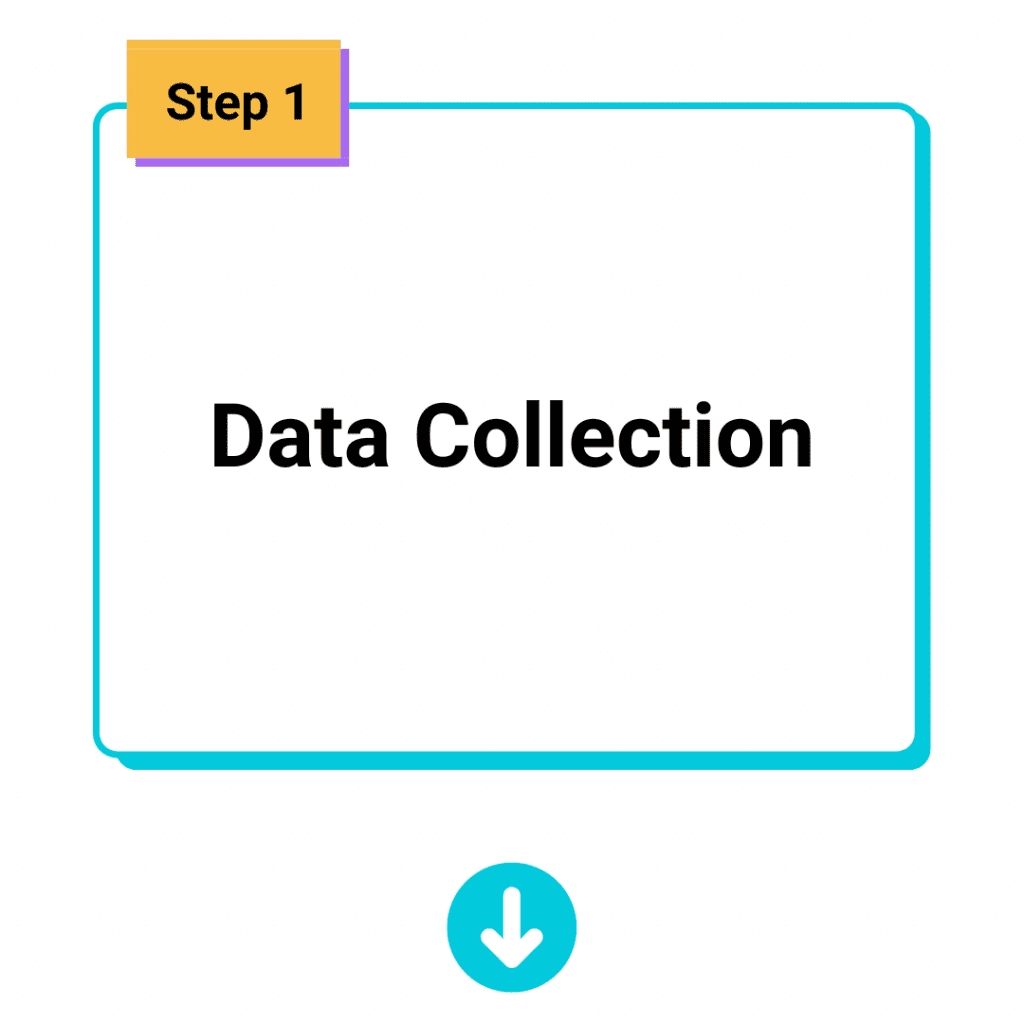
The first step is to gather data about your guests. This can include information from booking platforms, surveys, reviews, and other sources. Common data points include demographics (age, gender, location), booking patterns (frequency, duration of stay), preferences (amenities, room type), and reasons for travel (business, leisure, family).
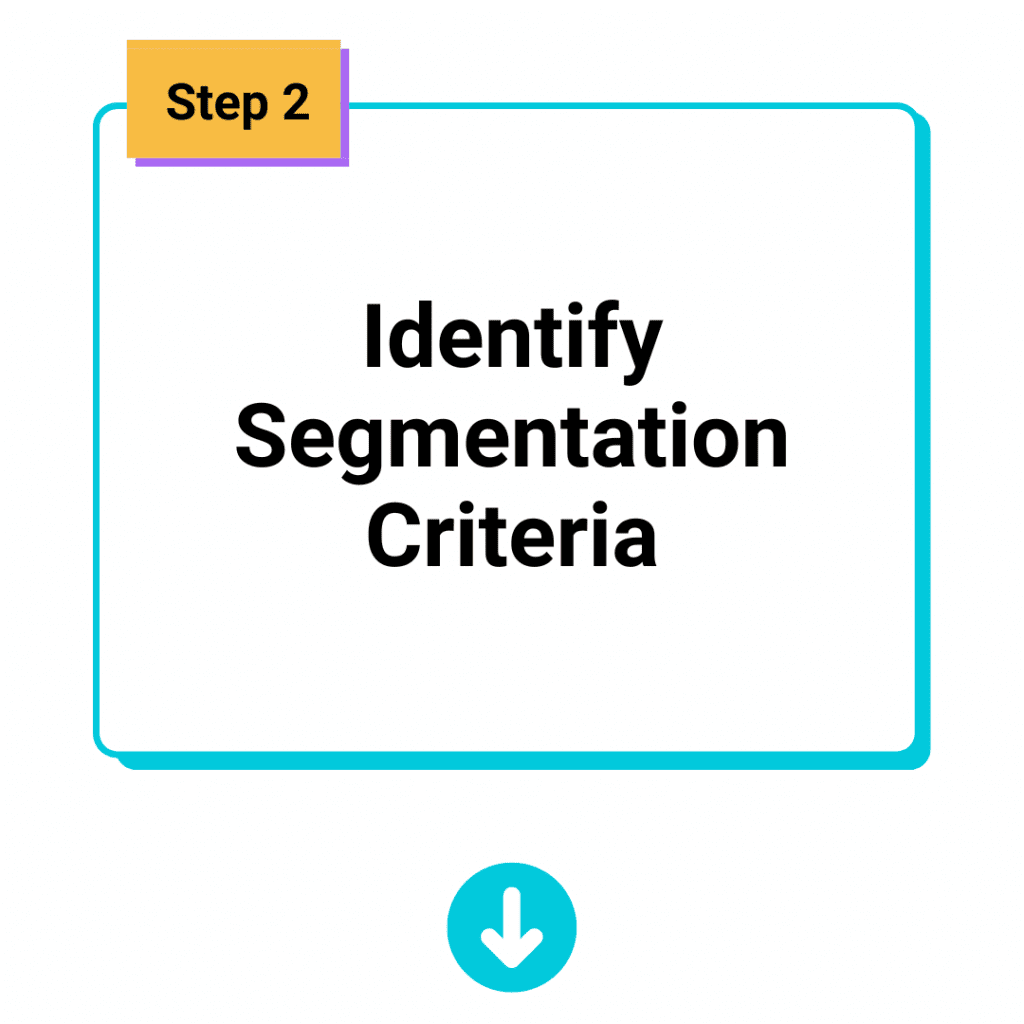
Based on the collected data, you’ll need to identify the criteria you’ll use to segment your guests. These criteria should be meaningful and relevant to your property and the services you offer. For example, you might segment based on traveler type (business, leisure, family), booking frequency (first-time, repeat), length of stay (short-term, long-term), or preferred amenities (pool, pet-friendly).
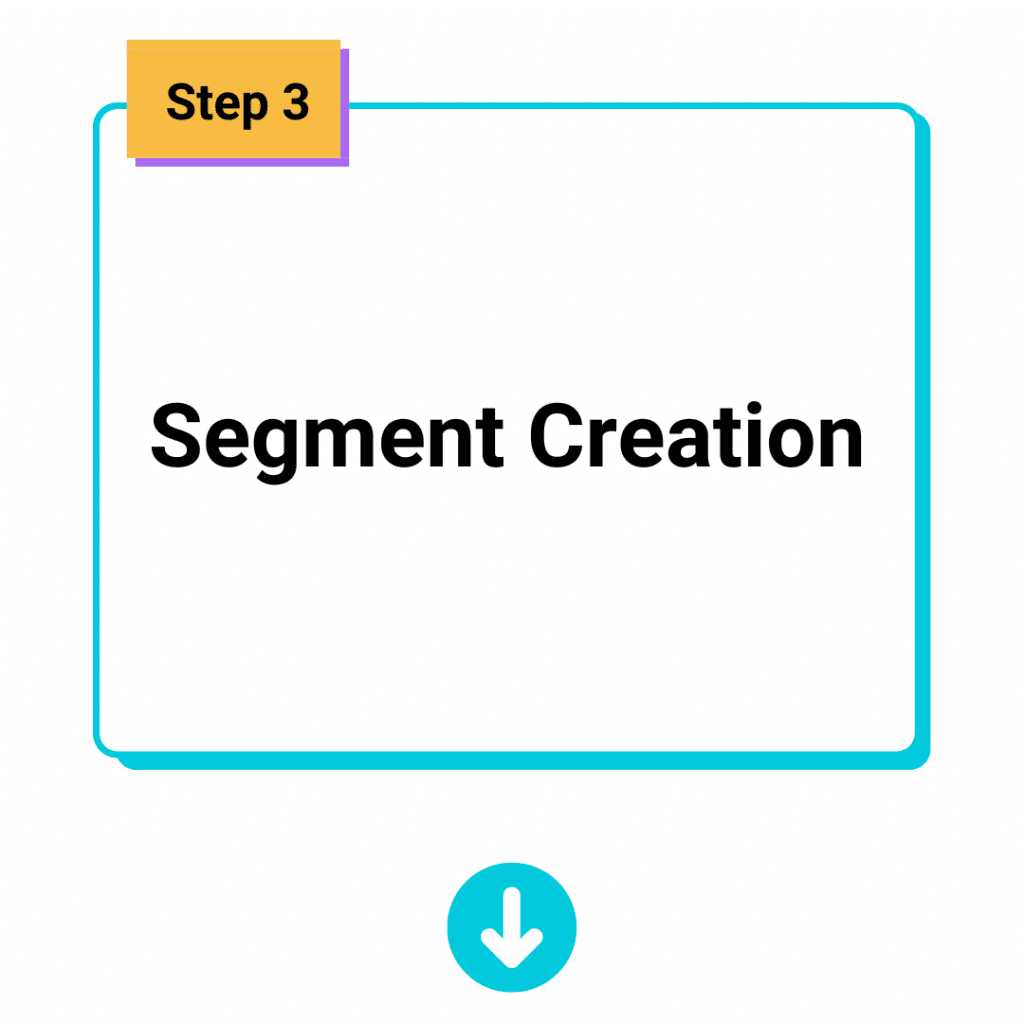
Once you’ve identified the criteria, you can start creating segments. Group guests who share similar characteristics or behaviors into the same segment. For instance, you might create segments like “Business Travelers,” “Families,” “Solo Travelers,” or “Weekend Getaways.”
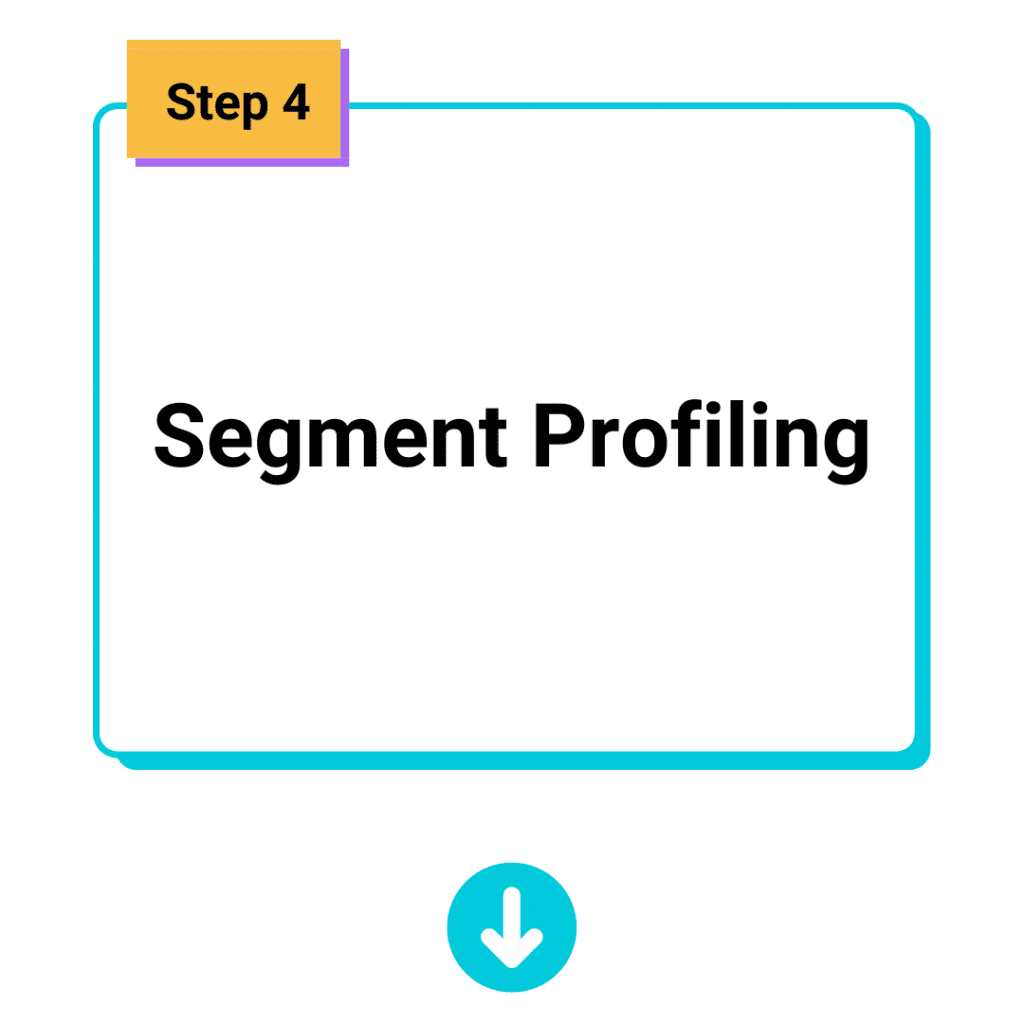
For each segment, create a detailed profile that describes the typical guest within that segment. Include information about their preferences, needs, behaviors, and motivations. This helps you understand what drives each group to choose your property and tailor your offerings accordingly.
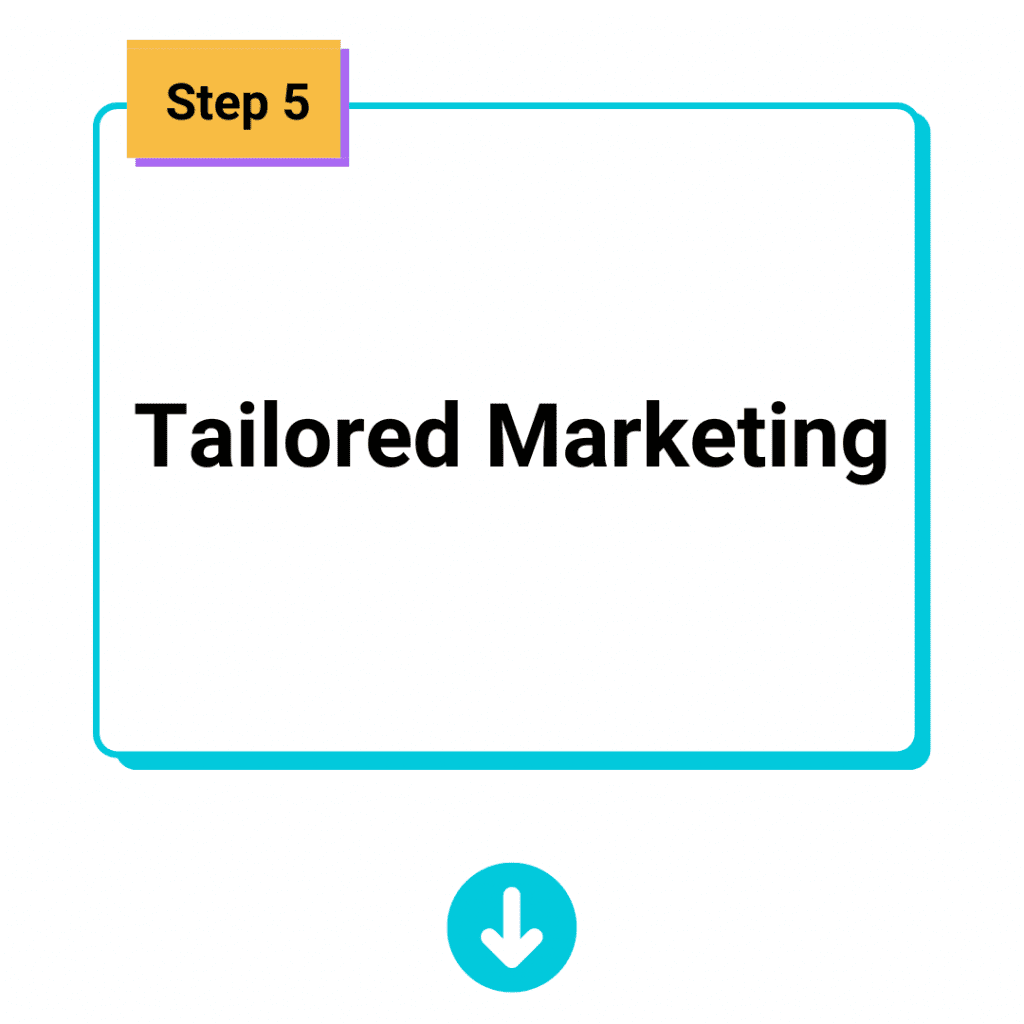
Craft marketing messages, promotions, and content that speak directly to the preferences of each segment. For example, if you’re targeting families, highlight your family-friendly amenities and nearby attractions suitable for children. If you’re targeting business travelers, emphasize your high-speed internet and proximity to business districts.

Modify your services and offerings to cater to the needs of each segment. This could involve offering special amenities, welcome packages, or check-in/check-out processes that align with the preferences of the targeted segment.
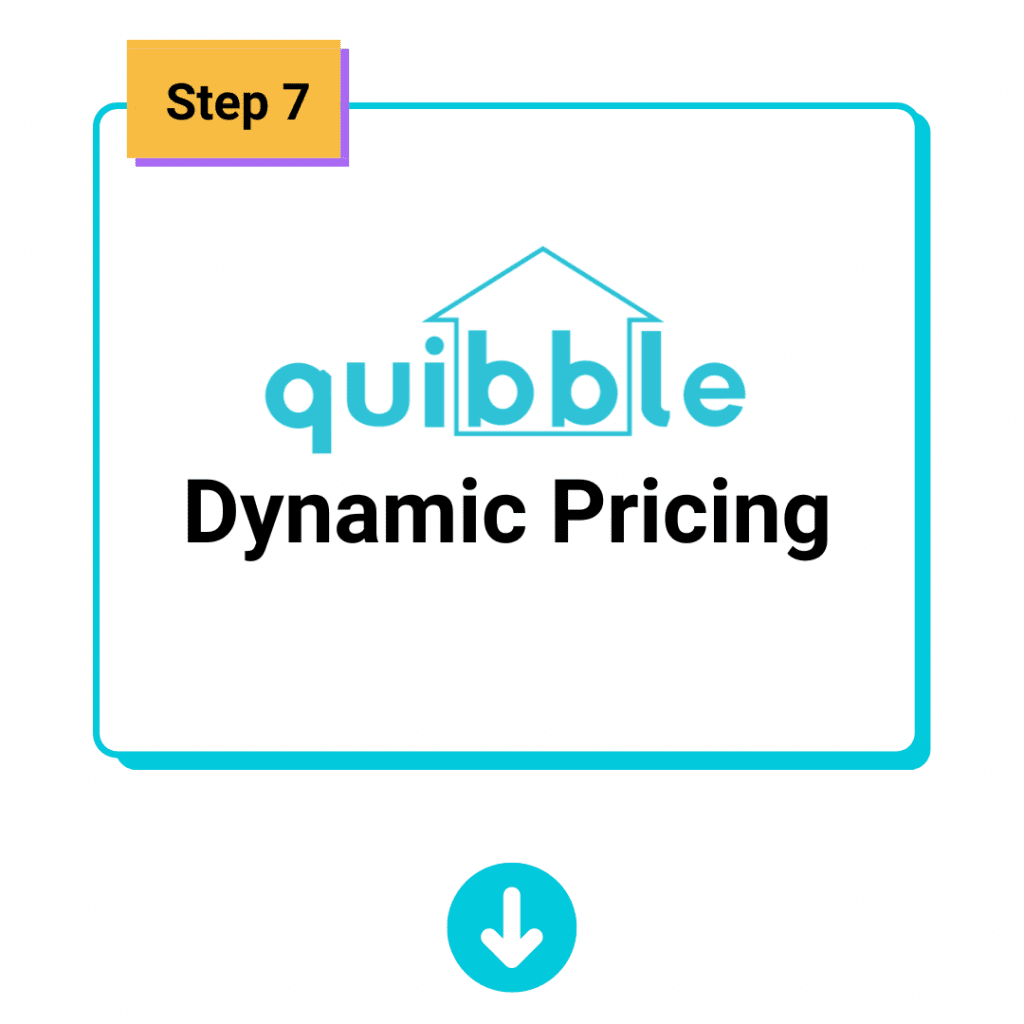
Adjust your pricing strategies based on the price sensitivity of each segment. For example, leisure travelers might be more responsive to discounts during off-peak periods, while business travelers might prioritize convenience and be willing to pay higher rates for last-minute bookings. Explore how Quibble’s platform can help you seamlessly implement these dynamic pricing strategies:

Continuously gather feedback from guests and monitor the performance of your segmentation efforts. Use this feedback to refine your segments, offerings, and marketing strategies over time.

Assess the effectiveness of your segmentation strategy by tracking metrics such as booking rates, guest satisfaction scores, and revenue growth for each segment. Adjust your approach based on the results and insights you gather.
Remember that customer segmentation is an ongoing process that requires regular monitoring and adaptation to changing guest preferences and market dynamics. The goal is to create a more tailored and satisfying experience for your guests, which ultimately leads to increased revenue and guest loyalty.
💎 Conclusion: Unlocking STR Success through Customer Segmentation
Customer segmentation is a potent tool that empowers STR owners and property managers to enhance revenue, guest satisfaction, and loyalty. By understanding the unique needs of each segment, property managers can create targeted marketing campaigns, offer personalized experiences, and optimize pricing strategies for maximum profitability. As the STR landscape continues to evolve, those who leverage the power of customer segmentation will undoubtedly be poised for success in this competitive industry.
Ready to harness the benefits of customer segmentation for your STR? Quibble’s expert services can guide you in understanding your guests better, tailoring your offerings, and optimizing your revenue management strategies. Elevate your STR game today with Quibble!
Remember, in the world of short-term rentals, differentiation is key, and customer segmentation is the compass that points the way to sustained success.




